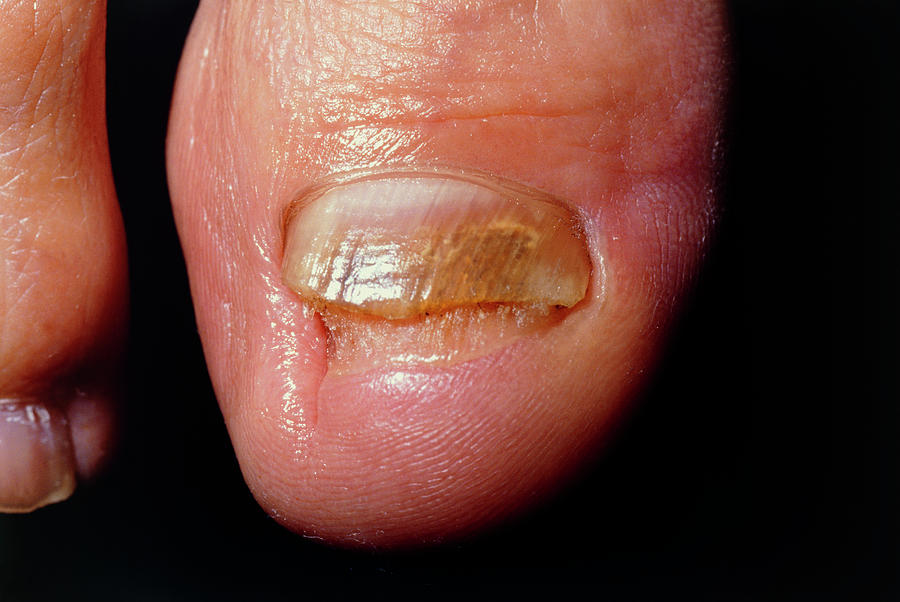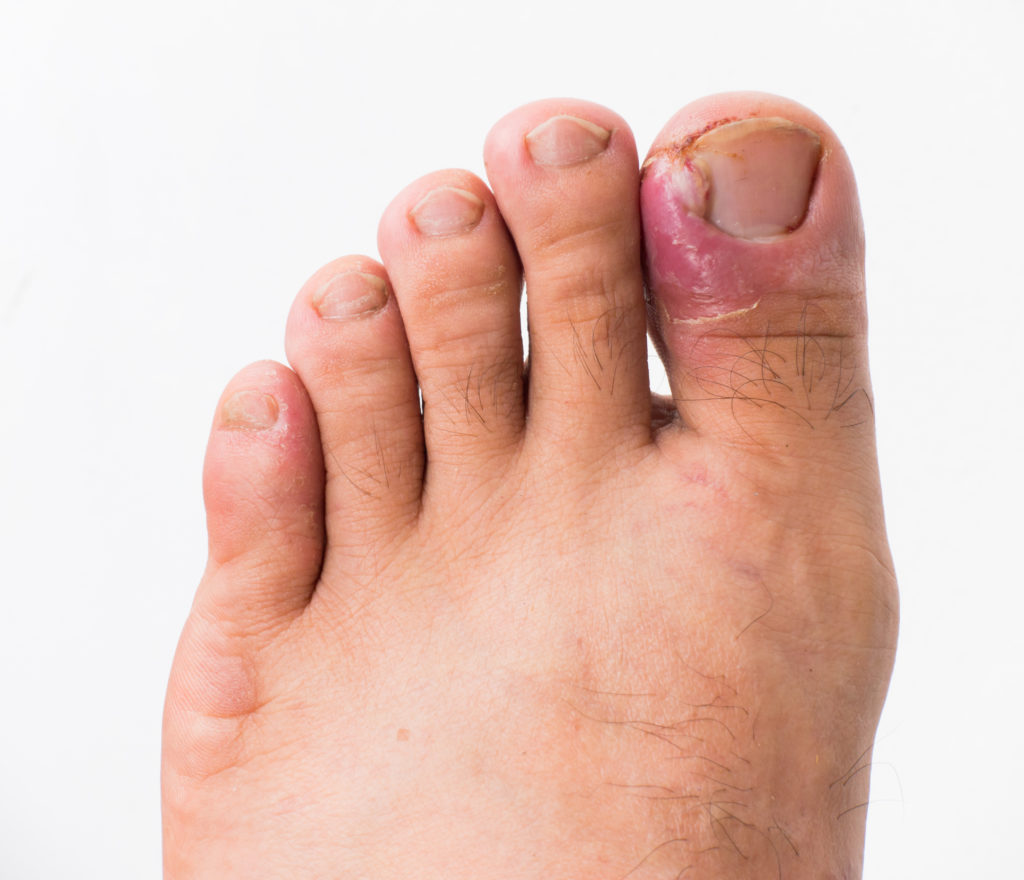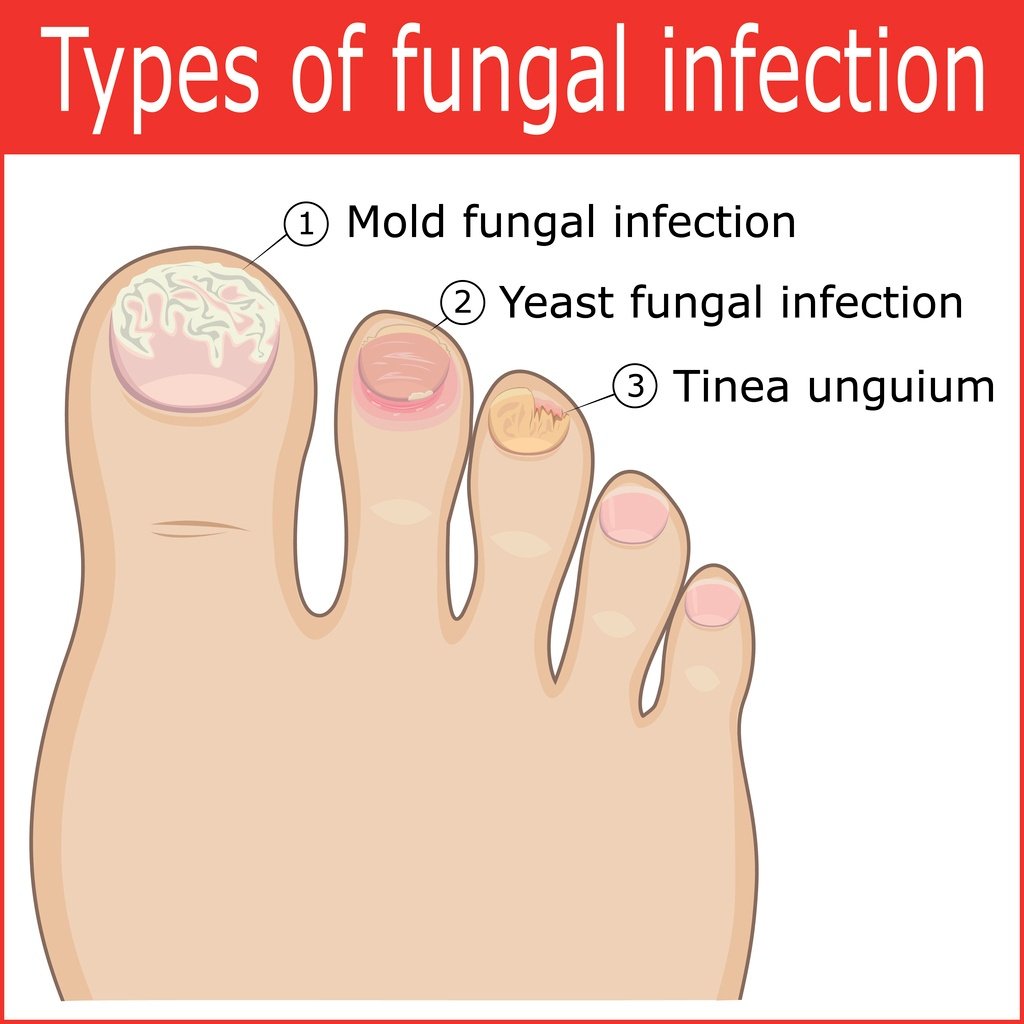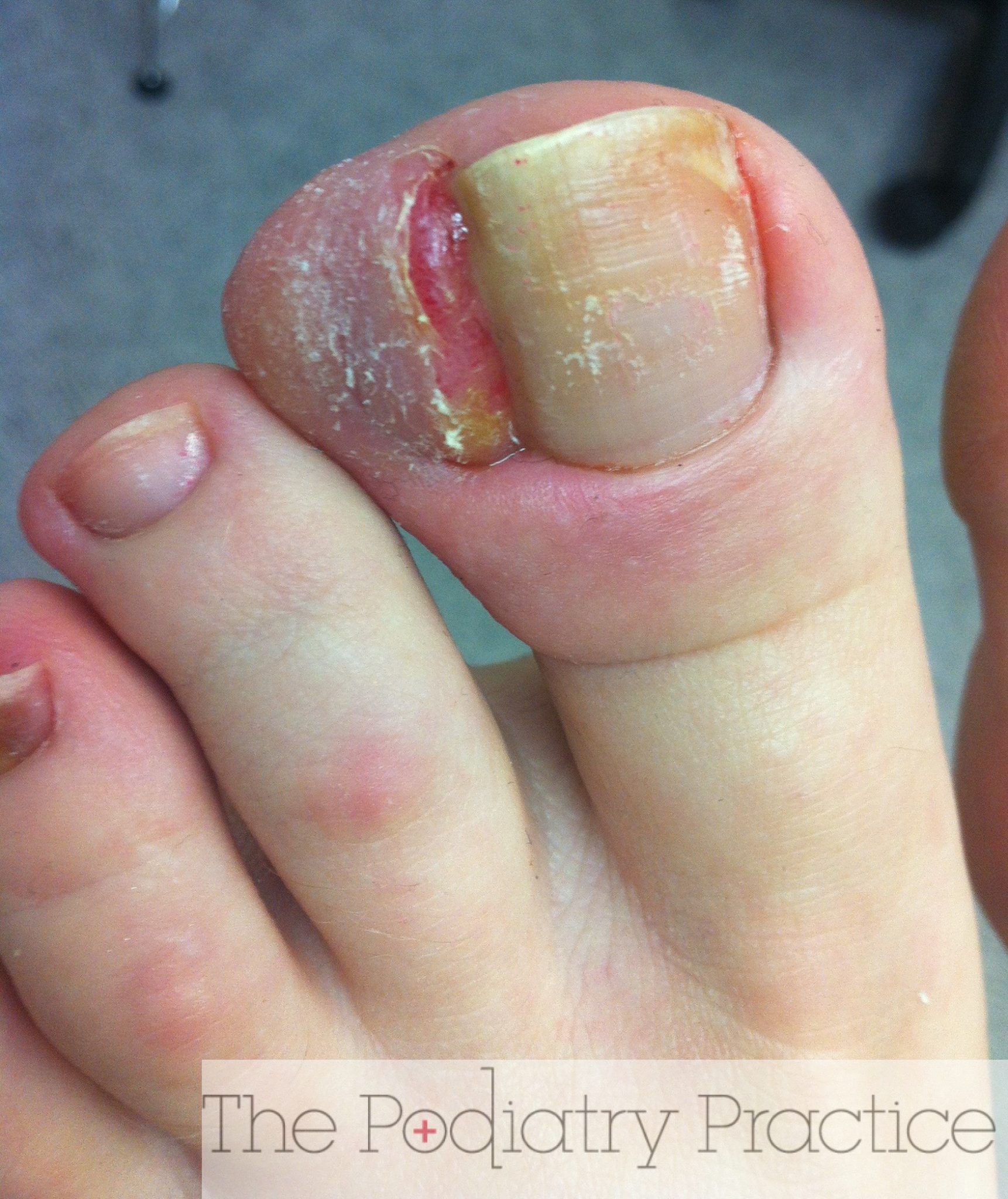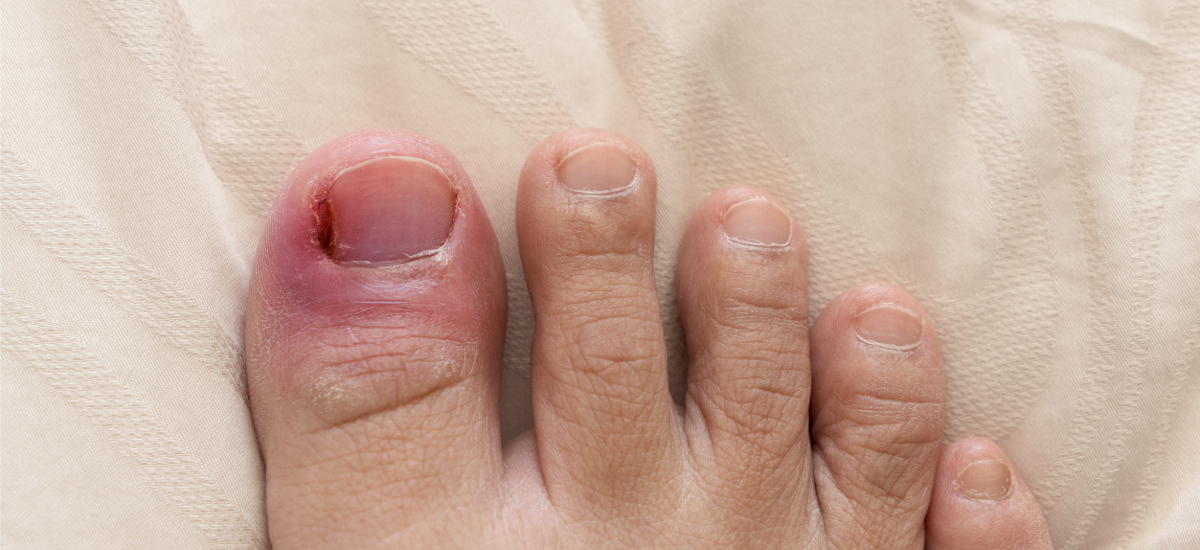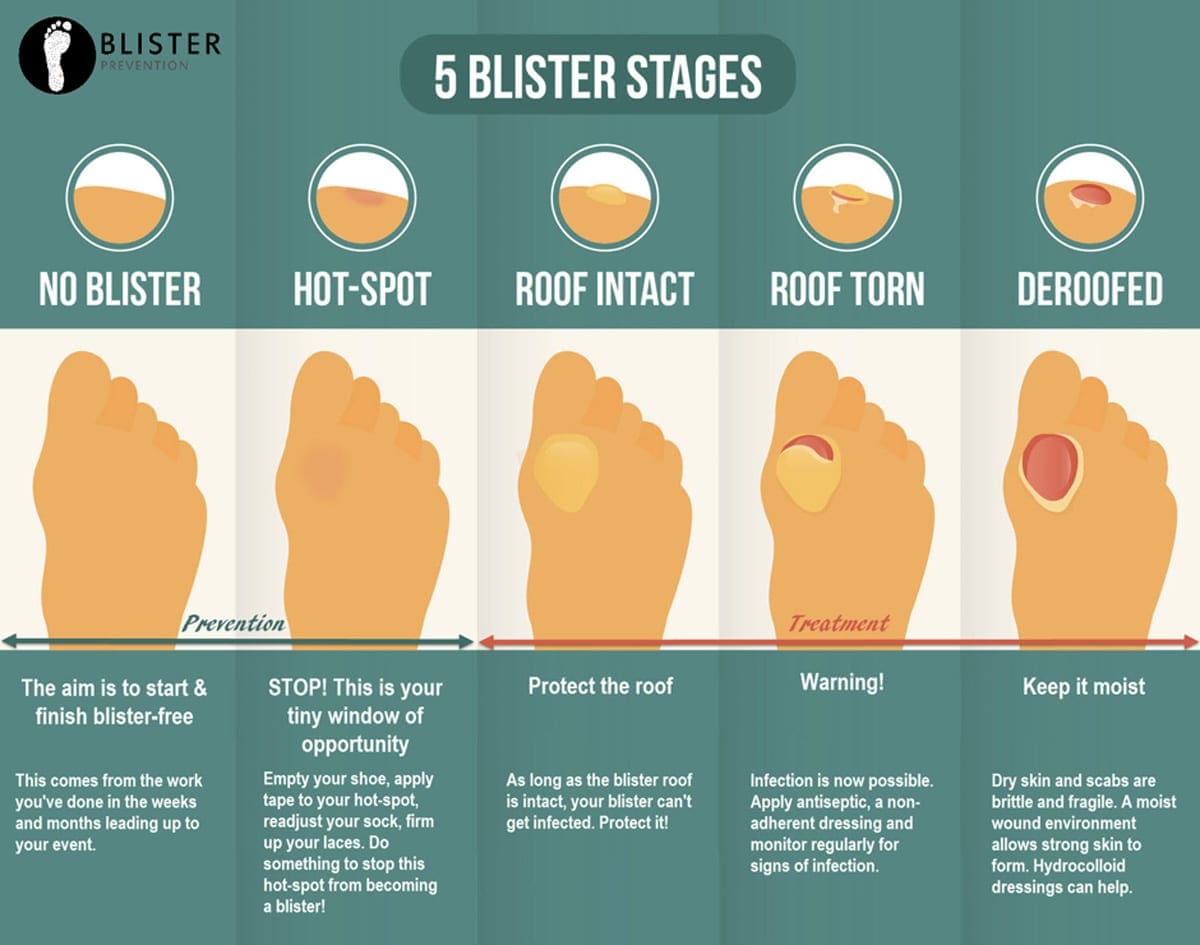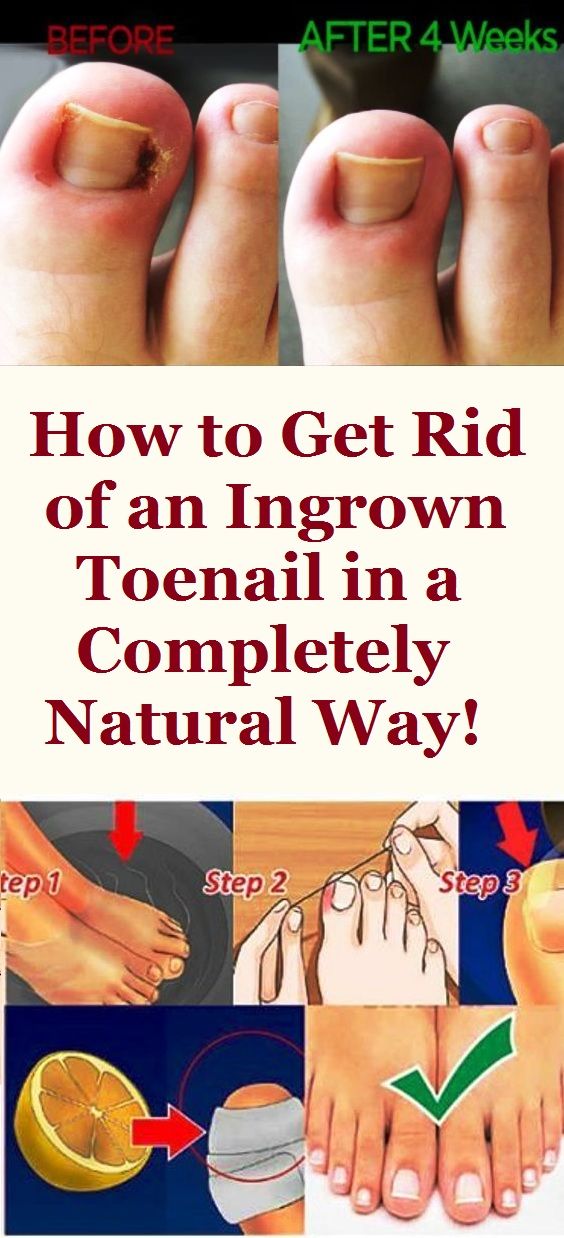Neat Tips About How To Heal An Infected Toe
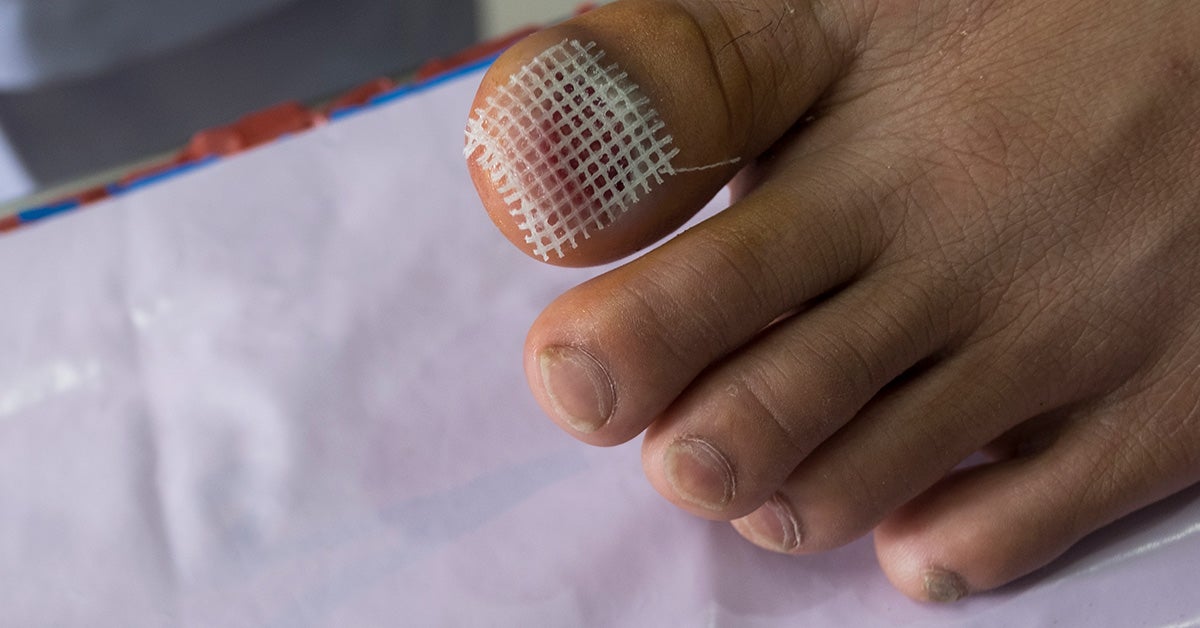
Most toenail infections need to be treated.
How to heal an infected toe. It happens when germs enter through a break in the skin. Soaking your foot and applying an antibiotic ointment may help to heal the infection. For a slightly ingrown nail, your health.
Healthcare providers treat paronychia with antibiotics to kill the infection. A toe web infection is the most common type of athlete’s foot. Natural, medication, and more foot soak apple cider vinegar pad the area ointment proper footwear medication toe protector.
Ingrown toenail treatment usually works. Treatment if home remedies haven't helped your ingrown toenail, your health care provider may recommend: Often you can take care of ingrown toenails on your own.
Put dental floss or a cotton swab under your toenail. Blisters can result from too much sweat on the toes, top of the foot, and arch. This will encourage it to grow above.
Keep your feet clean by washing them regularly with soap and water change your socks regularly cut your toenails straight across to stop them digging into the surrounding skin. An ingrown toenail may cause pain, inflamed skin, swelling and, sometimes, infection around the toenail. If you feel that you have an infection in your toe, you should follow up with a podiatrist or visit your local instacare or urgent care clinic as soon as possible.
It typically affects the skin between your fourth toe (ring toe) and fifth toe (pinkie toe). An acute paronychia causes throbbing pain, redness, warmth and swelling in the skin around a nail. The web page explains the possible causes and treatments of an.
Once you’re done soaking your feet, put floss or cotton under the ingrown part of the nail. Learn how to treat an infected toe or toenail with home remedies or medical care. Bacteria cause acute infections, while chronic infections are most frequently.
In some cases, a small collection of pus forms. Paronychia is an infection of the skin surrounding the nail, called nail folds. An ingrown toenail occurs when the edge or corner tip of the nail pierces the skin, growing.
Learn how to tell when your toe is infected and how. Find out what causes an infection, how to recognize the symptoms, when to see your doctor, and how to prevent complications. It can also form blisters, ulcers, or abscesses.
Providers may also drain pus (thick, infectious fluid that builds up around a wound). If your toenail is infected it may look thickened, crumbly and discoloured and the nail may be destroyed if the infection is not treated. Debridement (the removal of infected tissue).
